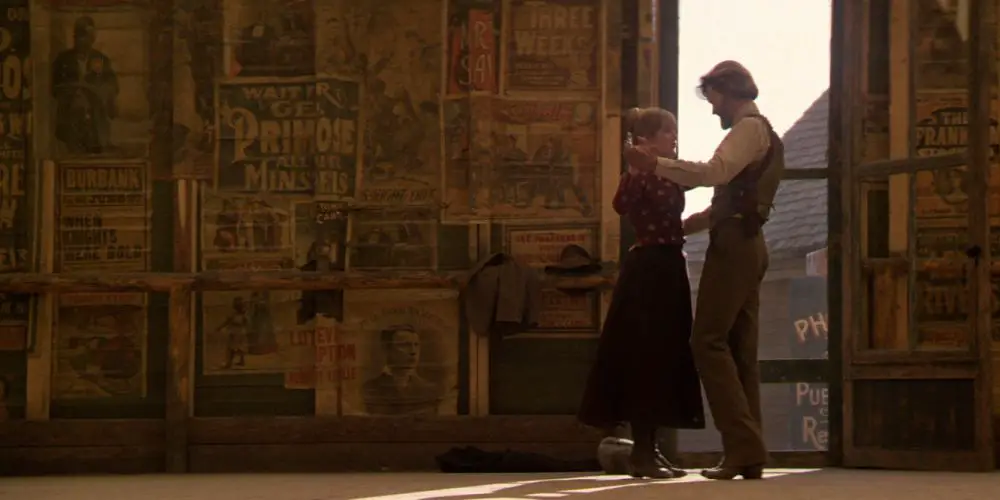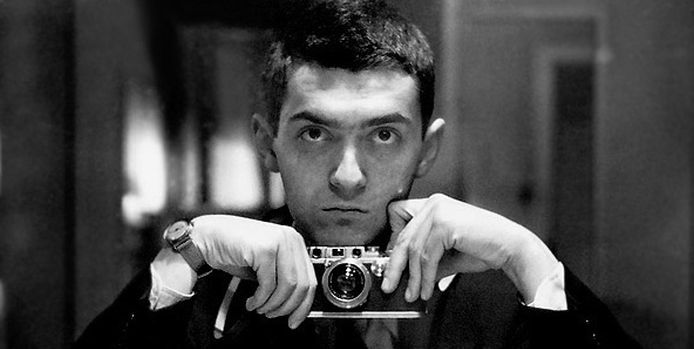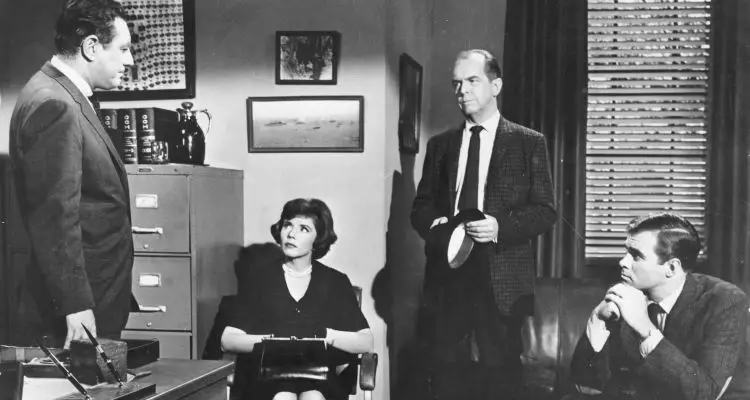film production

With technological developments taking hold in Hollywood, perhaps the most prominent has been the use of motion capture. Motion capture is a technology that syndicates computer-generated effects with human performance. The idea, particularly within the science fiction and fantasy genres, is to produce further realism on part of an actor’s approach to a role and how they portray it.

With a Finger in Each Ear, We March Blindly On The Vietnam War, which had begun as a geopolitical chess match in the 1950’s, escalated into a full blown land war in 1965 when President Lyndon Johnson authorised the use of American ground troops to help South Vietnam defeat the Communist North. More than any conflict in the 20th Century, Vietnam segregated America into a civil war of ideals. The burgeoning counterculture rejected and rallied against it, even denouncing the troops themselves.

Have you ever noticed that many films are released to theaters around the same time as another with a very similar theme? They are called Twin Films, or “films with the same, or very similar, plot produced and/or released at the same time in two different studios.” I often thought it was lazy; that filmmakers are running out of ideas, so they’re all trying to out-do one another with the better story.












